NGC 6886 is a stellate planetary nebula--it's so small it can't be distinguished from a star.
Here's a grey-scale image which basically looks like a field of stars:
blinking this with an image using an OIII filter reveals the planetary nebula:
it appears to be a star, but gets brighter compared to the surrounding stars with the filter indicating OIII emission, a characteristic of planetary nebulae (see previous post)
here's an image of the field using a filter with a diffraction grating which separates the light into its spectrum:
most stars yield a broad streak of light (left of star) with dark absorption lines corresponding to various elements ionizing as they absorb light. the location of the absorption lines can be likened to the fingerprint of the star, showing which elements/ions are present and helping to classify the star.
here's a typical spectrum with a few characteristic absorption lines:
another star with a mess of broad absorption lines characteristic not of elements, but various metallic molecules, many involving titanium, which is another story:
a close look at a blink of the spectrum compared to the luminance shows two "new stars" appearing
in the spectral image (left side):
this is the planetary nebula, without a typical stellar spectrum, but rather very specific emission lines:
the brightest is OIII, oxygen; the second brightest Ha and NII (hydrogen and nitrogen).
the faint lines to the right of OIII are Hydrogen beta and Helium II--not a great target for Helium imaging
lastly, here's a very high resolution image (0.2"/pixel) taken with NII and OIII filters
"Clearly" showing a tiny bipolar planetary nebula resembling the Saturn nebula
happy new year
bill w
more on the spectroscope
image details:
8" LX200R, SX Trius 694 0.4"/px
final nebula image upsampled to .2"/px
astrodon 3nm OIII, 3 nm NII, rainbow optics filter
ASA DDM60
OIII 33 x 5 min, NII 22 x 5 min, luminance 11 x 30 sec, spectrum 13 x 5 minutes
8/31-9/30/2016
eastbluff, CA
no calibration ;)
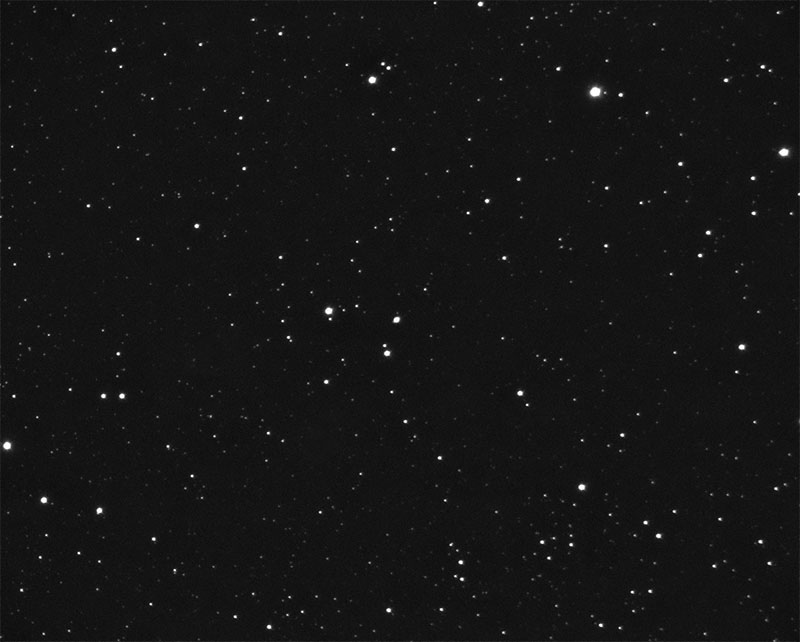
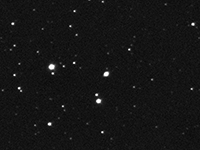
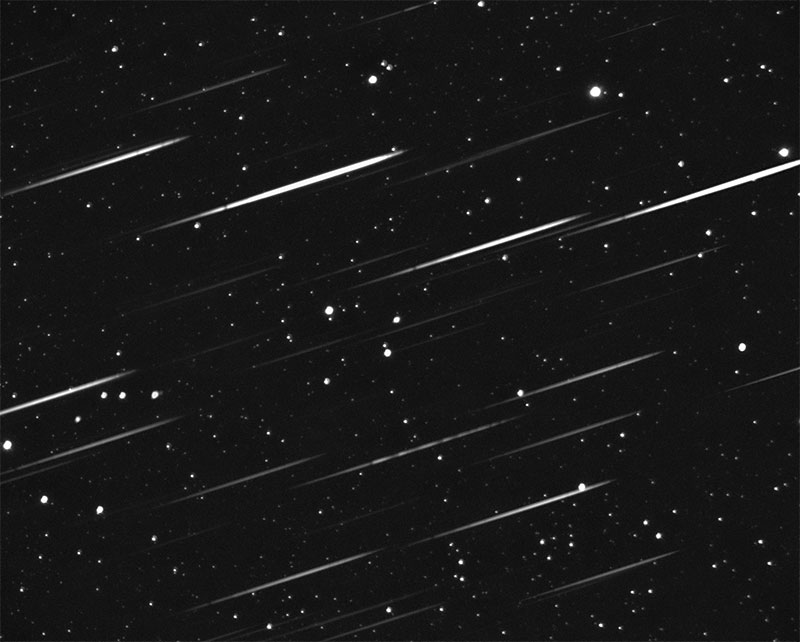
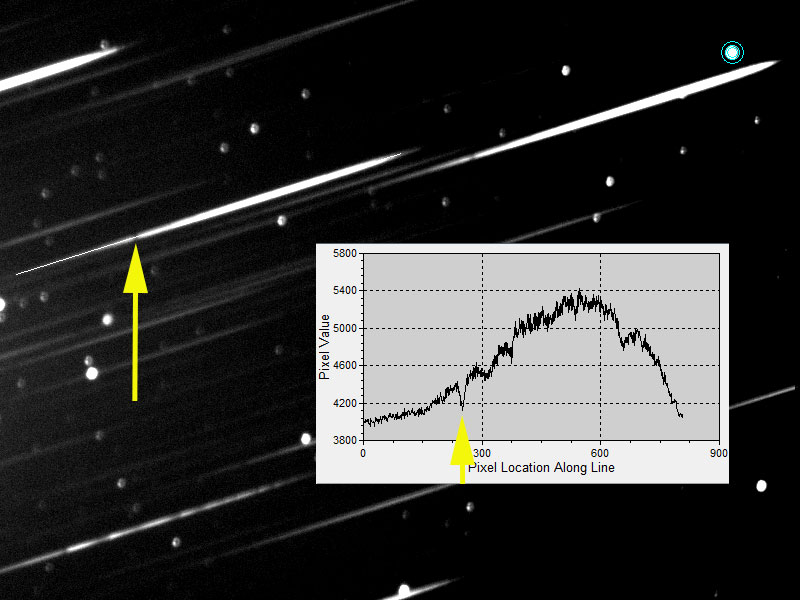
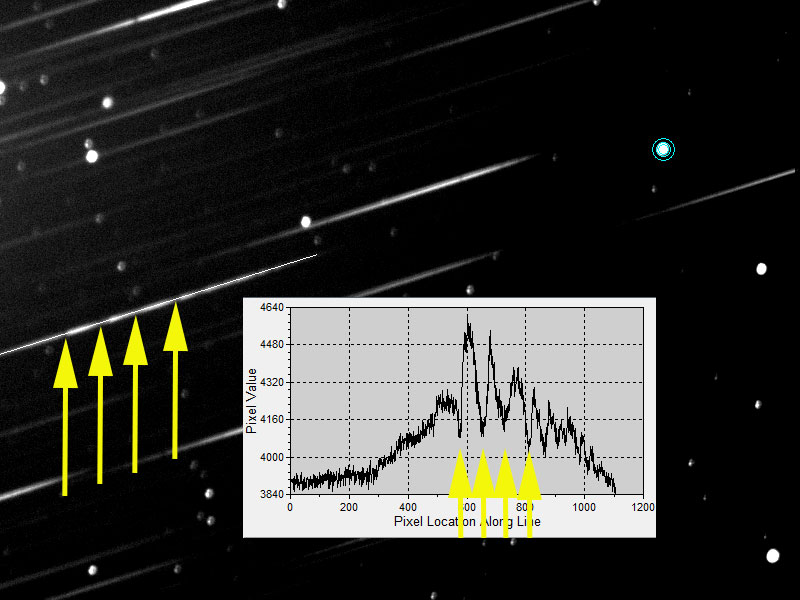
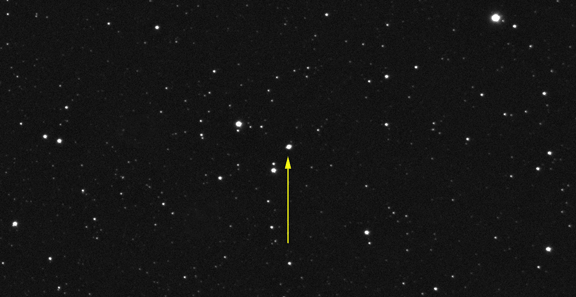
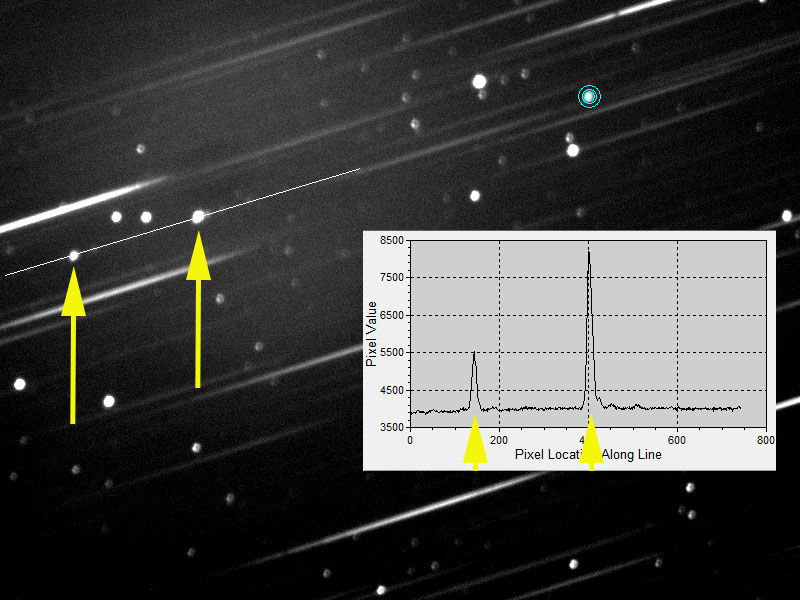
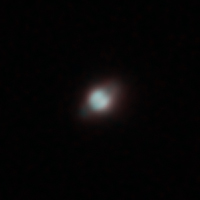
No comments:
Post a Comment